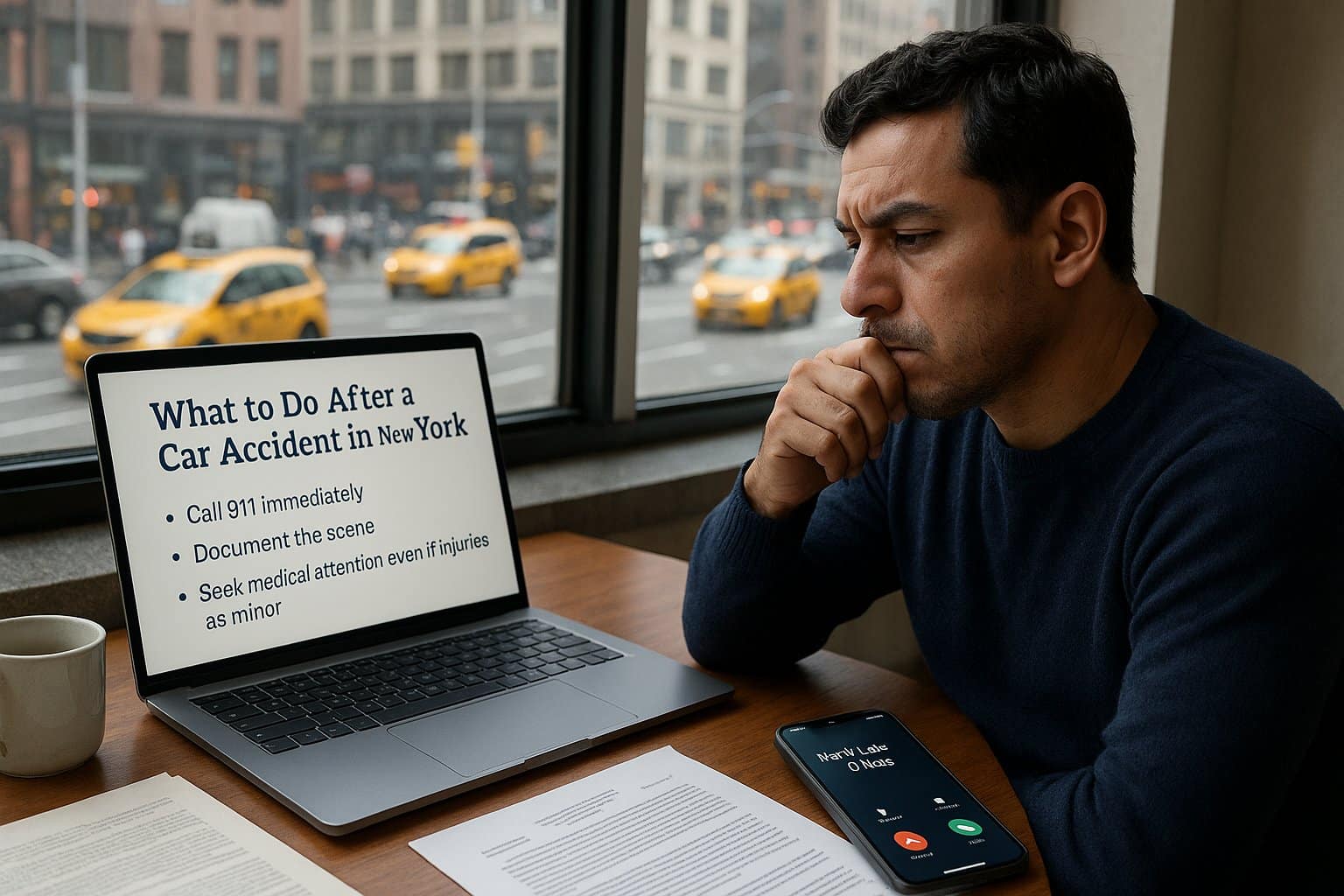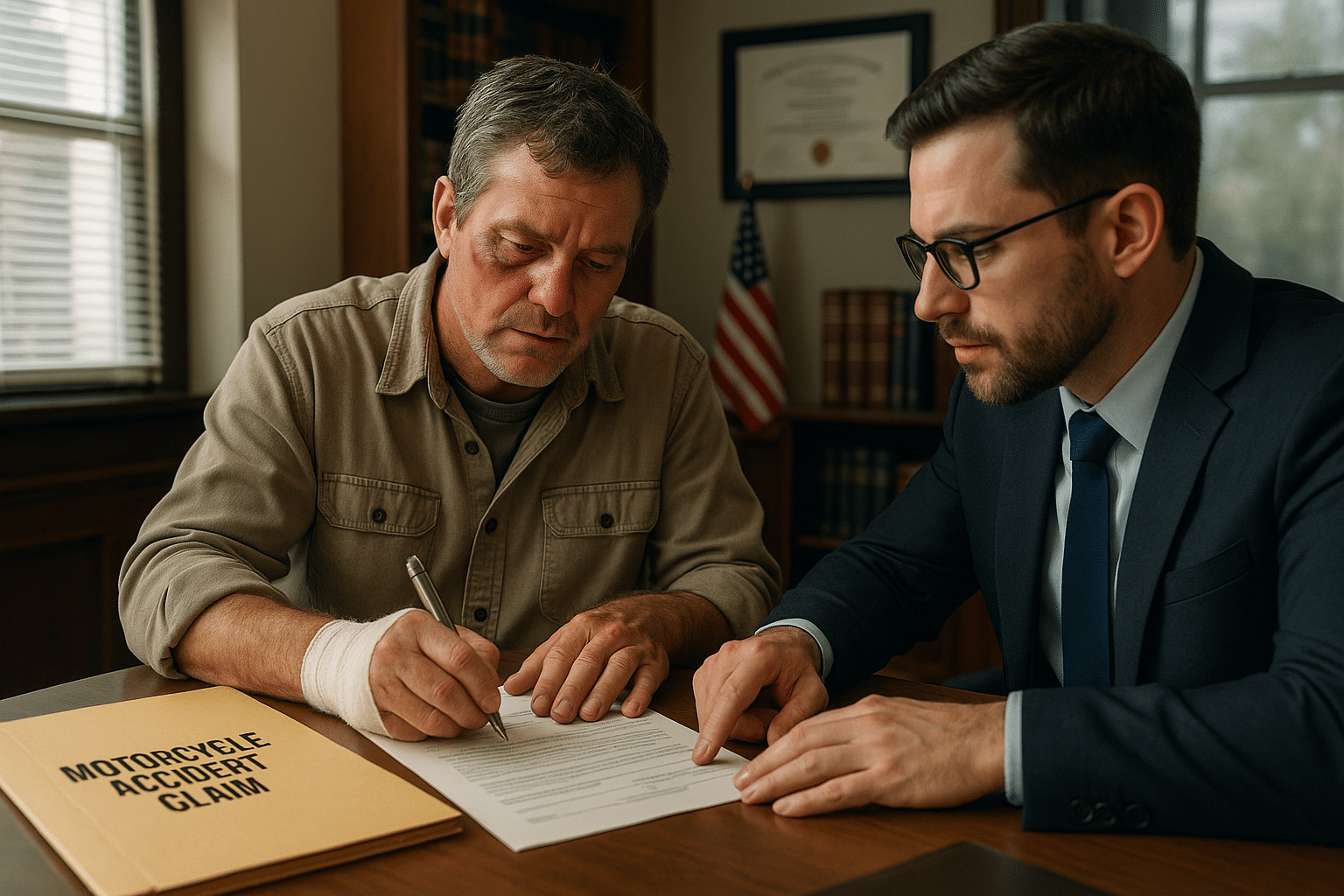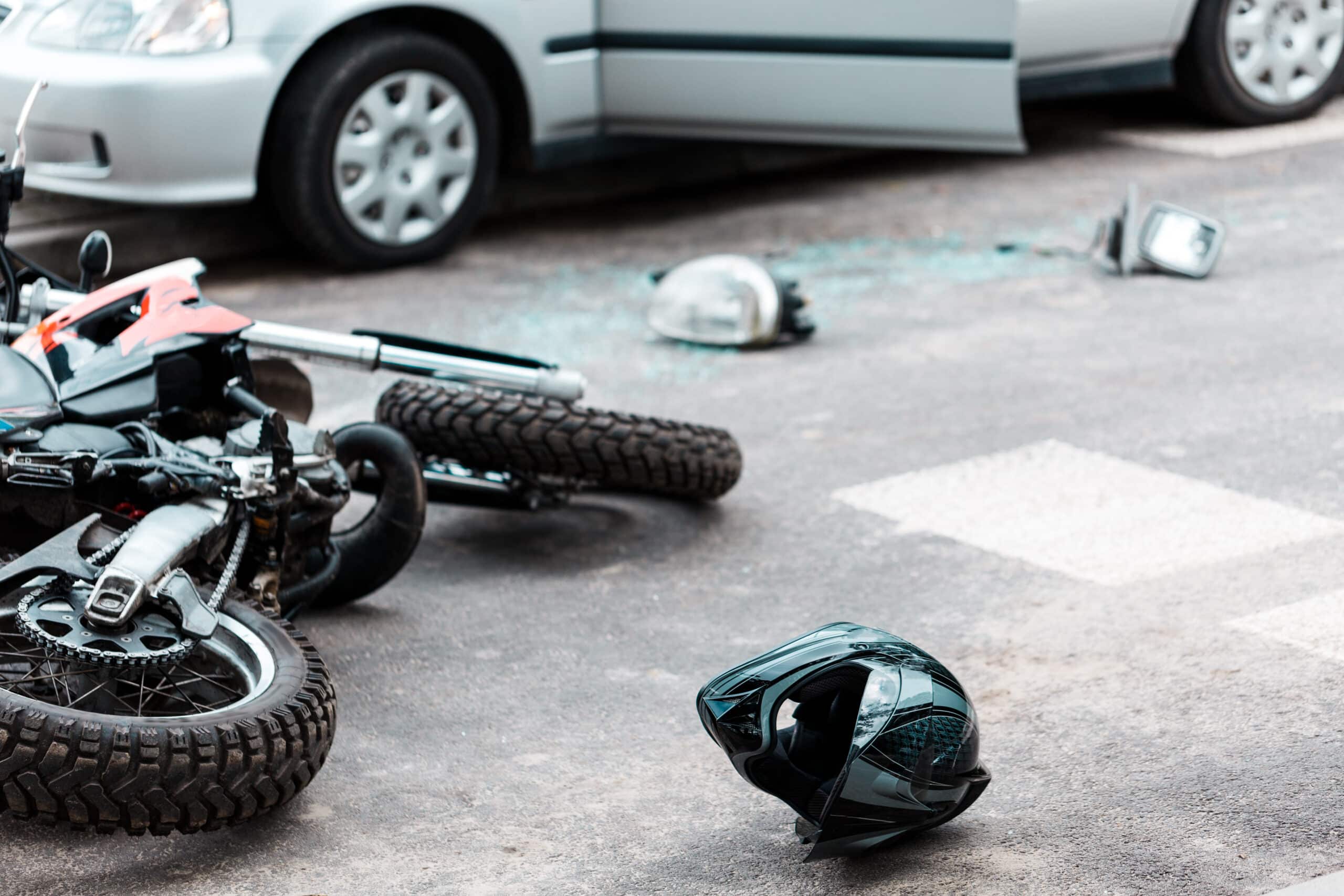Blog
Category
- All
- Construction Accidents
- Medical Malpractice
- Motor Vehicle Accident
- Motorcycle Accident
- Nursing Home Abuse
- Personal Injury
- Slip And Fall
- Uncategorized
- Workers' Compensation
- Wrongful Death
All
- All
- Construction Accidents
- Medical Malpractice
- Motor Vehicle Accident
- Motorcycle Accident
- Nursing Home Abuse
- Personal Injury
- Slip And Fall
- Uncategorized
- Workers' Compensation
- Wrongful Death
Motor Vehicle Accident
How to Choose the Best Lawyer for your Accident Case in New York?
July 2, 2025
Insurance companies often offer low settlements after accidents in New York. Don’t settle for less—know your rights and let Proner & Proner fight for what ...
READ MORE →
Motor Vehicle Accident
What Evidence Is Key to Winning a Personal Injury Case in New York?
June 30, 2025
Insurance companies often offer low settlements after accidents in New York. Don’t settle for less—know your rights and let Proner & Proner fight for what ...
READ MORE →
Construction Accidents
The Importance of Hiring a Good Personal Injury Lawyer in New York
June 27, 2025
Insurance companies often offer low settlements after accidents in New York. Don’t settle for less—know your rights and let Proner & Proner fight for what ...
READ MORE →
Motor Vehicle Accident
How Long Do You Have to File a Motorcycle Accident Claim in New York?
June 25, 2025
Insurance companies often offer low settlements after accidents in New York. Don’t settle for less—know your rights and let Proner & Proner fight for what ...
READ MORE →
Motor Vehicle Accident
What to do immediately after a motorcycle accident: A complete legal guide to protect your rights
June 23, 2025
Insurance companies often offer low settlements after accidents in New York. Don’t settle for less—know your rights and let Proner & Proner fight for what ...
READ MORE →
Uncategorized
What to Do When Your Insurance Company Makes a Lowball Offer
June 19, 2025
Insurance companies often offer low settlements after accidents in New York. Don’t settle for less—know your rights and let Proner & Proner fight for what ...
READ MORE →
Motor Vehicle Accident
How To Find The Best Accident Lawyers in New York City
June 18, 2025
With so many options, finding the right accident lawyer isn’t easy. Here are five key tips to help you choose—and why Proner & Proner should ...
READ MORE →
Uncategorized
Brain Injury from Traffic Accident in New York? Here’s What You Need to Know
June 10, 2025
Brain injuries can have devastating consequences for traffic accident victims in New York. If you or a loved one have suffered a traumatic brain injury ...
READ MORE →
Let Proner & Proner In New York City Help You
If you have been in an accident, or need a lawyer to help a loved one, please contact us by filling out our website form, or call us directly at the number listed above.
Our firm will use its 50 years of experience to answer all the questions you may have at no cost to you. Please contact us when you’re ready. We are here to help you.









